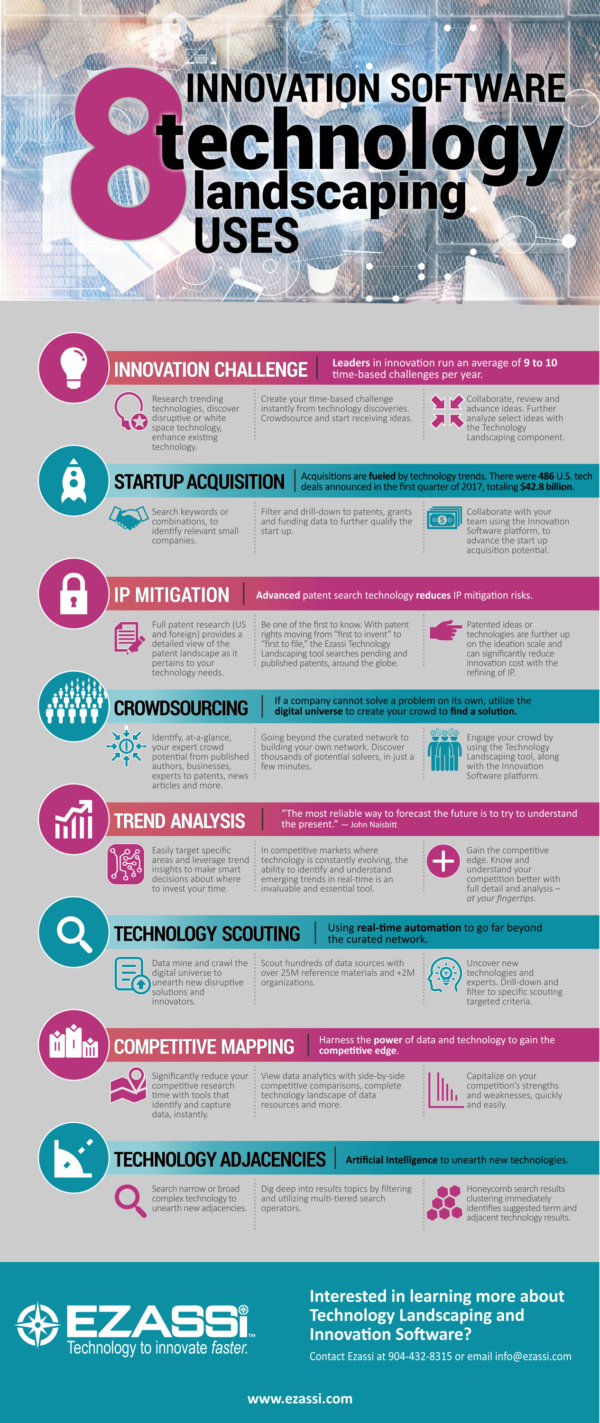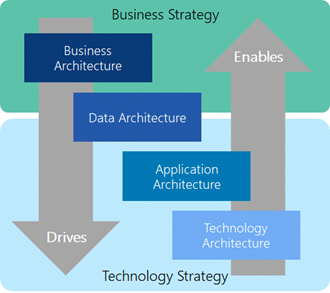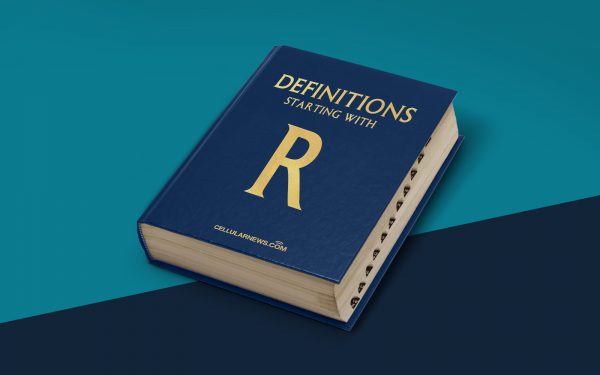
Technology innovation in government is therefore expected to grow rapidly in the coming years. The Artificial Intelligence Sector Deal, published by BEIS and DCMS in March 2018, set out the government’s commitments on AI, within the context of the 2017 Budget commitment to increase research and development spend from 1.7% of GDP to 2.4% by 2027. It is published within the context of increasing demands on GDS from departments and other public bodies to do more to enable and support the innovative use of new emerging technologies - such as artificial intelligence, distributed ledgers and the internet of things - in government. This report provides a review of the technology innovation landscape in government and provides some initial recommendations for further GDS work. GDS will lead work with departments to better coordinate, share best practice and drive technology innovation in government. The recommendations have also been updated to reflect current thinking. The report that follows is based on Martin Smith’s original version, updated within GDS to account for factual changes since it was produced.

deliver a world-leading digital economy that works for everyone.

drive the ongoing success of the UK digital tech sector.While this has been led from GDS, we have worked closely with the Department for Business, Energy and Industrial Strategy ( BEIS), the leading department on industrial strategy and Department for Digital, Culture, Media and Sport ( DCMS) in their leading role to: This is particularly true for information relating to local authorities which should be seen as indicative only. The data presented is not intended to be complete, but to provide a sense of current activity. It involved informal meetings with chief technology and digital officers, innovation heads, technology policy advisers and leaders from the Digital, Data and Technology profession ( DDaT) in central departments, agencies and arms length bodies, as well as from within GDS. It is limited to the digital function, so excludes technology innovation in, for example, military or healthcare hardware, although this distinction is becoming more blurred (in the case of autonomous vehicles, for example). It is presented as a set of initial findings and should not be seen as an authoritative list, although it may form the basis of a register in the future. This research was carried out over the course of 2017. broadly, what innovation capability exists within government.

what innovation networks, communities and hubs exist around government.how government organisations structure their experiments with new technology.how new technologies were being used to meet specific use cases.which specific emerging technologies departments and agencies are interested in and why.Conversely, these may raise questions of ethics or have a structural impact on public services if employed (for example, some could lead to significant workforce shifts). Loosely defined, these are new technologies that do not currently have a critical mass, but which may have the potential to disrupt industries or generate significant savings. The objective of the survey was to understand current activity across government in what might be termed new or emerging technologies that are related to digital or information technologies. In 2017, the Director General of the Government Digital Service ( GDS) commissioned a landscape review of technology innovation across government from Martin Smith, an independent contractor.


 0 kommentar(er)
0 kommentar(er)
